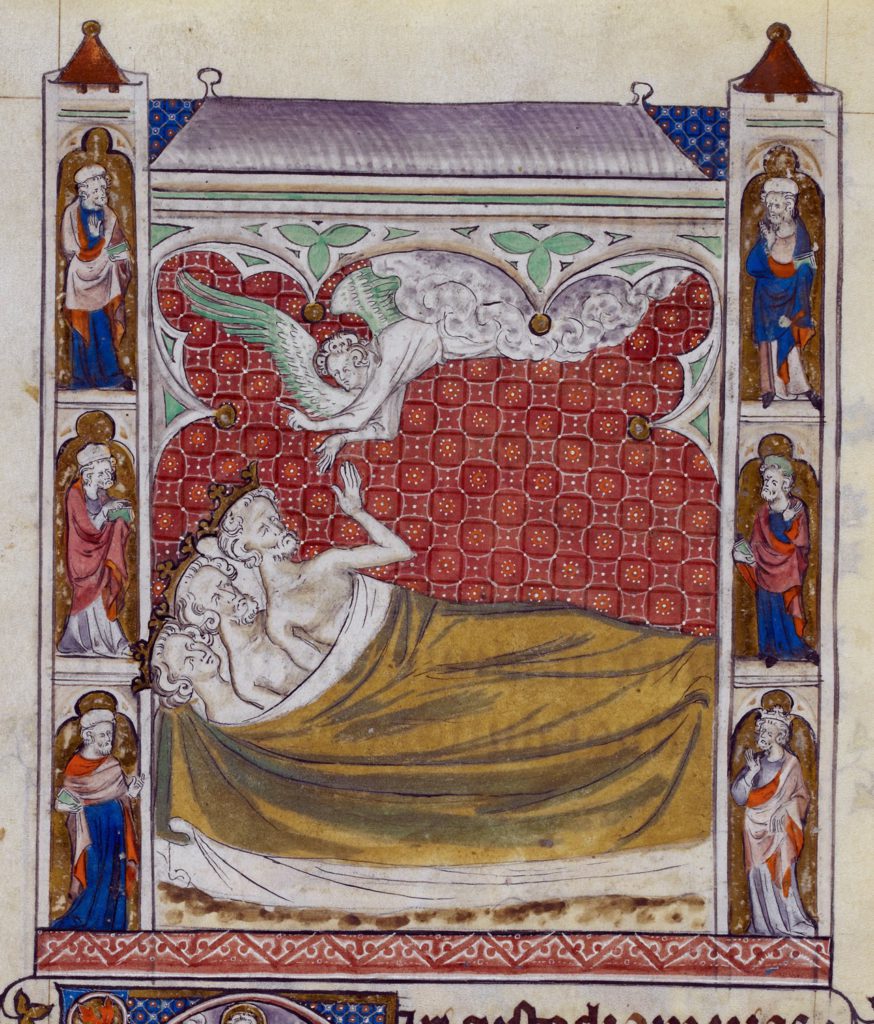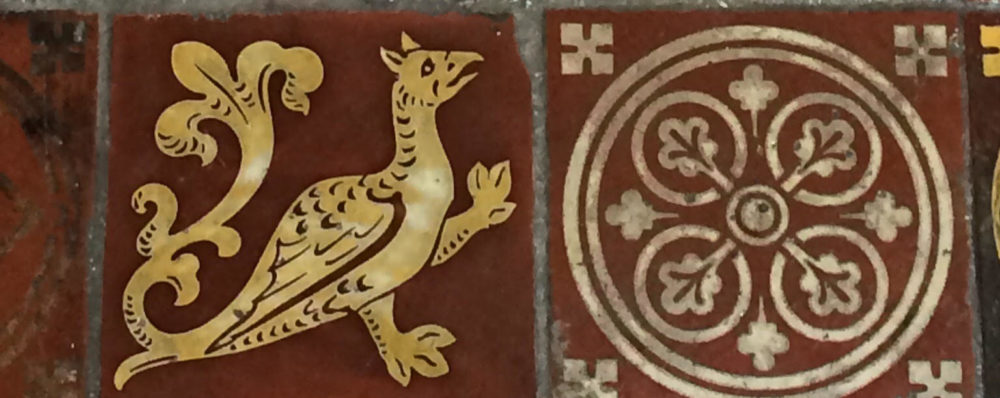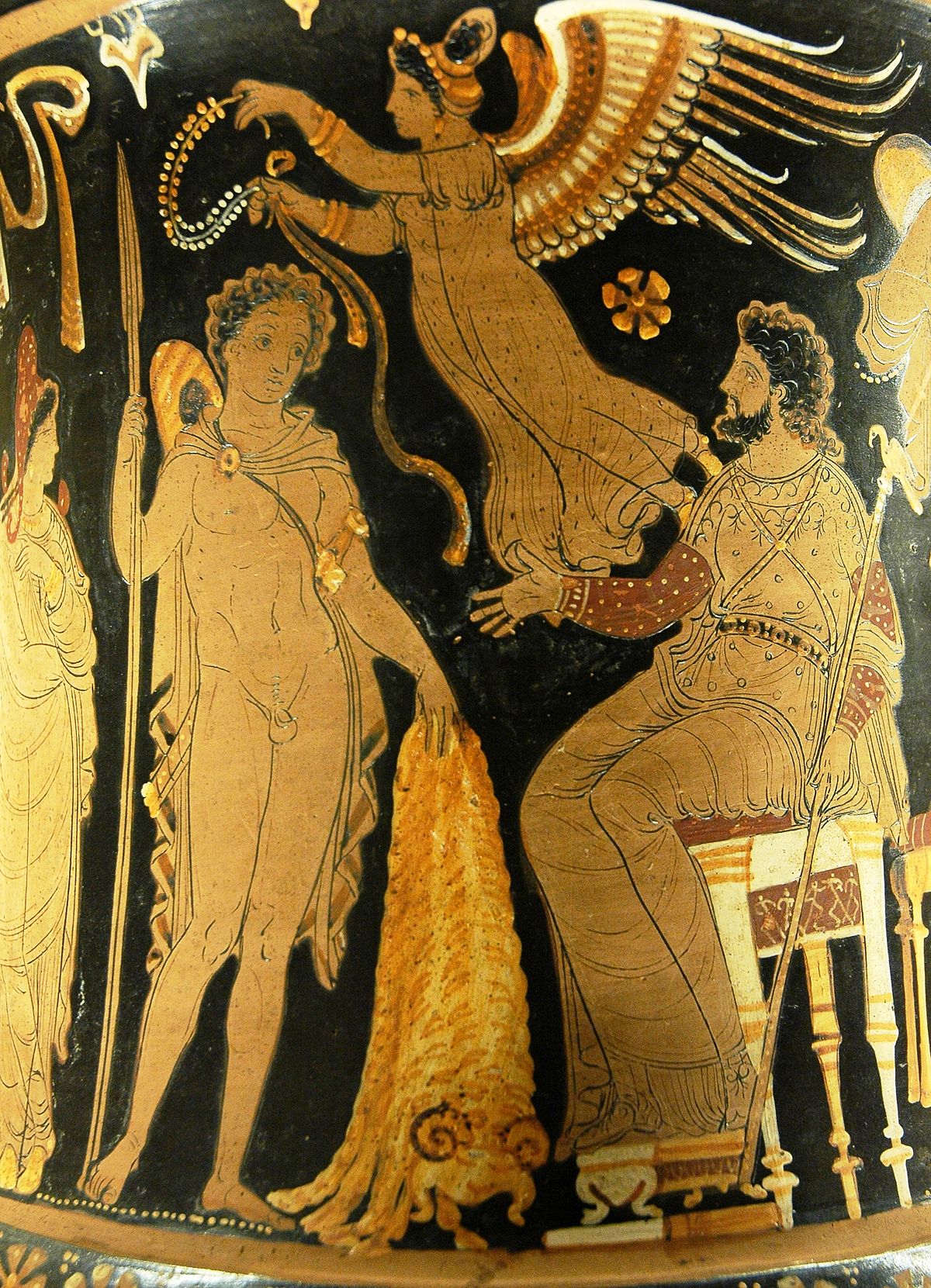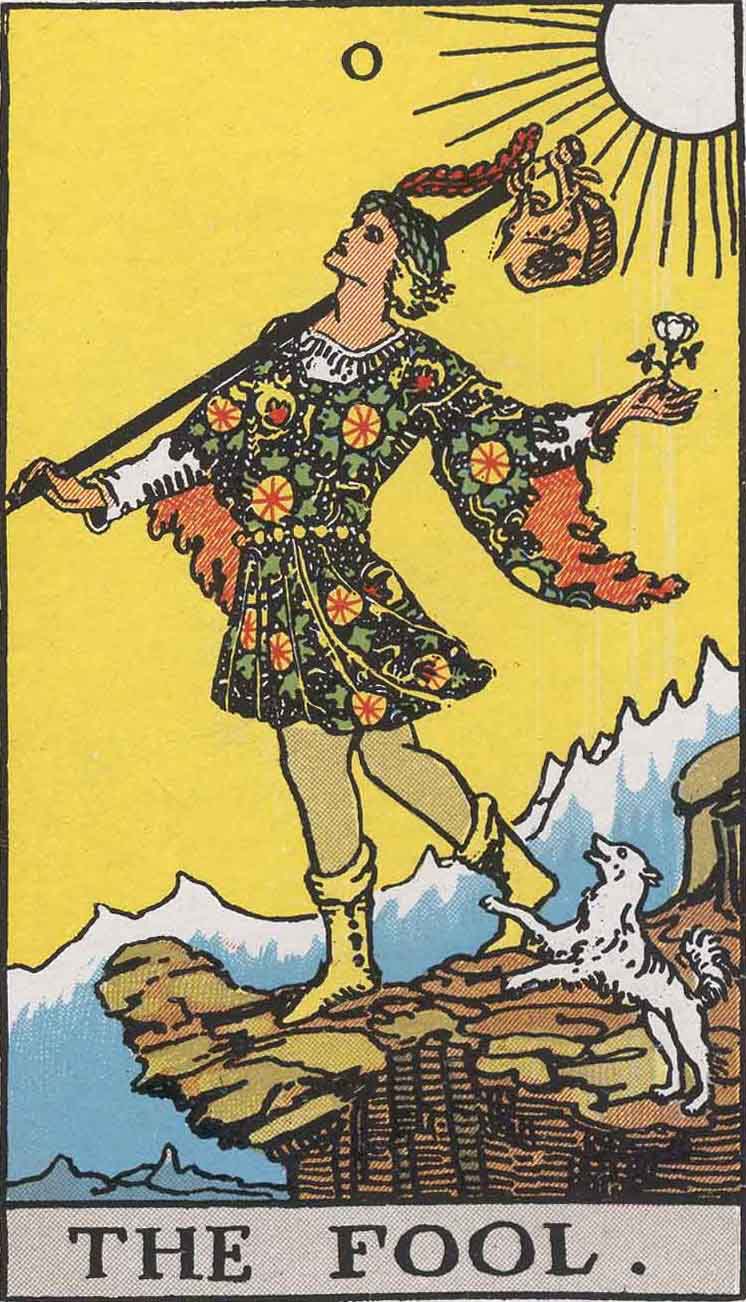
The magi have a dream in which an angel warns them to avoid revealing the location of the Christ-child to King Herod. So they go home via another route; as a result, King Herod slays all the boys in the region of Bethlehem who are 2 years old or younger.
In the gospel according to St. Matthew, we read that the Magi–the 3 kings–were on the road for 2 years, following the star that announced the birth of Christ to Judea but had to consult King Herod about where in Judea the new-born king might be located. Herod consulted religious authorities and scholars who told him that Bethlehem was the most likely location. He sent the Magi there but asked them to come and tell him where in Bethlehem they found Christ. They did locate Christ, worshipping him with gold, frankincense, and myrrh. (One story says that the gold was later stolen by the two thieves who were later crucified alongside Jesus. Another tradition suggests that Joseph and Mary used the gold to finance their travels when they fled to Egypt from Bethlehem.) But an angel warned the Magi all in a dream not to reveal the location of the Christ-child to King Herod and so they returned home via a different route, avoiding Herod. When Herod realized the Magi were not coming back to him, he ordered all the baby boys in the Bethlehem region to be killed, hoping to eradicate the baby who was the threat to his rule. But an angel had warned Joseph in a dream to take his family to Egypt and so they escaped, just in the nick of time; they returned to Judea only after Herod was dead.
The star the magi had followed was most likely a conjunction of Saturn (indicating the Last Days) and Jupiter (indicating a great king) in Pisces (associated with Judea and the people of Israel). Dreams were taken seriously as visitations of God, the angels, or other spirits. Dreams and astrology were acceptable tools of divination to discover or understand the will of God and were not considered “magic” by most people until fairly recently. But people who had such dreams might become proud or arrogant, telling others how special they were for having received such a visitation from God in a dream; many spiritual teachers had to warn their disciples against taking such dreams too seriously or becoming arrogant because of them. Rules were established for how to interpret such dreams and how much attention they should be given. But dreams can still inspire us or lead to new inventions, as this recent New Yorker article attests.
A shrine of the Three Kings at Cologne Cathedral, according to tradition, contains the bones of the Magi. Reputedly they were first discovered by Saint Helena on her famous pilgrimage to Palestine and the Holy Lands. She took the remains to the church of Hagia Sophia in Constantinople; they were later moved to Milan before being sent to their current resting place by the Holy Roman Emperor Frederick I in 1164.


